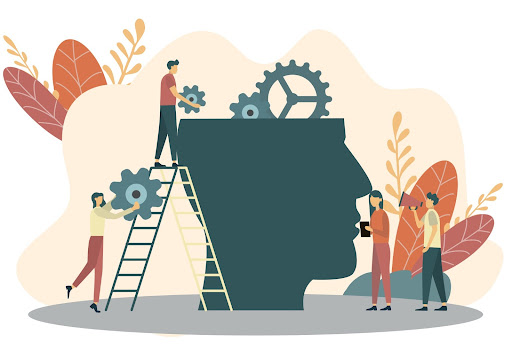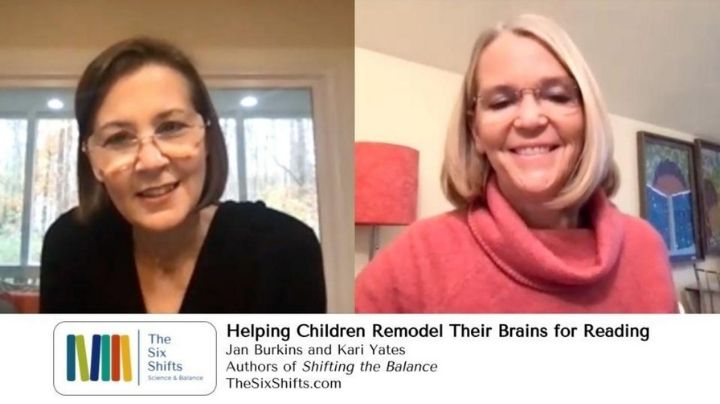Kari’s husband, John, likes to save scraps of wood and other building materials.
Sometimes he buys new stuff . . . but, boy does he get excited when he can repurpose something he already has on hand, using it in a new and useful way.
In the same way that John loves a true do-it-yourself-from-what-you’ve-got-on-hand kind of project, so too are children who are learning to read forced to reuse parts of their brains in new and different ways, in order to build an efficient reading system.

You see, as amazing as the human brain is, none of us is born with the hardware needed for learning to read and write already.
We are, however, born with a sophisticated language processing system, hungry to learn language through listening and interaction. And this language processing system helps us learn spoken language from the moment we are born until the day we die.
And we are born with a sophisticated visual processing part of our brains, ready to study and learn to recognize and discriminate faces, objects, and shapes from the first day we lay eyes on the environment around us.
But, learning to read requires that the brain sort of remodel itself by . . .
- reusing some parts in different ways (like the area referred to as the brain’s letterbox),
- relocating some activities to different locations (like facial recognition), and
- adding on double duty for parts already in action (like the phonological processing system).
Then, gradually, the brain needs to develop capacity for connecting the language processing systems and newly remodeled visual processing systems in increasingly efficient ways. By the time the reading brain is mature, these connections have developed from bumpy-dirt-road-speed to lightning-fast-superhighway-speed, as it processes that specialized kind of visual information we call print.
So, what does this mean for reading instruction? How does understanding the remodeling of the brain inform our daily actions in the classroom?
Well, the more we understand about what is truly going on in the reading brain from the inside-out, the more quickly we can move away from practices that make intuitive sense but actually make learning to read harder for children.
If you want to help children do this brain remodeling as quickly and efficiently as possible, we invite you to join us in shifting from an outside-in to an inside-out approach to literacy instruction by . . .
- Rethinking how reading comprehension begins,
- Recommitting to phonemic awareness instruction,
- Reimagining the ways you teach phonics,
- Revising your high-frequency word instruction,
- Reinventing the ways you use MSV, and
- Reconsidering the texts you select for beginning readers.
If you want specific ideas for each of these, you can learn more in our book, Shifting the Balance, or in this podcast series.



